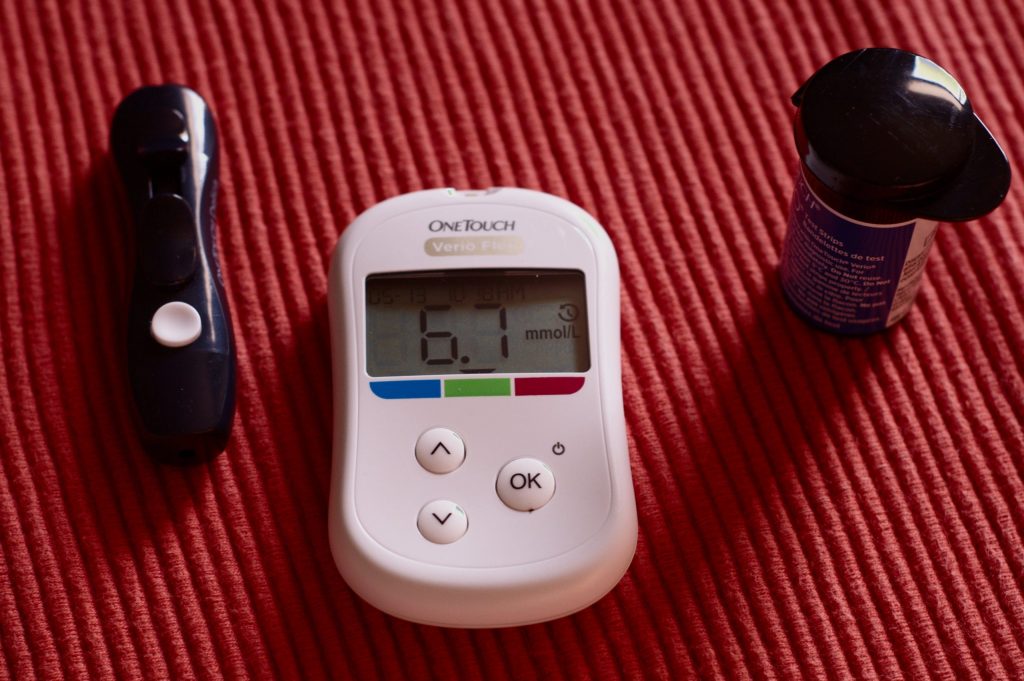
Because of diabetes, you have to follow a diet, constantly monitor blood sugar levels, take medications on time and worry, as if the disease did not lead to coma, blindness or amputation of the legs. But with diabetes, you can live actively. The main thing is not to miss the onset of the disease.
Over 25 years, the number of adults with diabetes has quadrupled. There are over 400 million diabetics in the world. 34 millions of them are in the USA.
Signs of diabetes
Symptoms of diabetes are slightly different depending on their type. General complaints:
- Constant thirst, more than three liters of water are drunk per day.
- Often you want to use the toilet, especially at night.
- Appetite is growing, but weight is falling (in the early stages).
- Itchy skin.
- The wounds slowly heal.
- Fatigue is constantly felt, memory spoils.
- The fingertips go numb.
With diabetes of the first type, it smells of acetone from the mouth, the skin peels off. Such diabetes can manifest itself sharply, accompanied by bouts of headache and vomiting, and even bring to a coma, especially if no one noticed the early signs.
Type 2 diabetes is often not noticed until it leads to other difficulties: problems with potency, blurred vision, kidney disease, heart attack.
Who can get diabetes
It is impossible to understand that a person will develop type 1 diabetes until the carbohydrate metabolism is disturbed in the body and the first symptoms of the disease appear: fatigue, lethargy, sweating, changes in the tests.
Type 2 diabetes often affects people who are overweight and low activity.
Factors that increase the risk of developing any type of diabetes:
- Hereditary predisposition. If relatives are sick, then the chances of detecting diabetes are higher.
- Pancreatic disease. It is in it that insulin is produced, and if the organ is not in order, then there may be problems with the hormone.
- Diseases of the endocrine system. Diabetes is a hormonal disorder. If there is a predisposition to such diseases, then there is a risk of diabetes.
- Viral infections. Chickenpox, rubella, mumps, and even flu can be triggers for diabetes.
How to check and protect yourself
For suspicious signs, you need to go to the endocrinologist and pass the required tests. Fasting blood from a finger (for sugar), a urine test for glucose, a glucose tolerance test, determining the level of insulin, C-peptide and glycated hemoglobin in the blood (the last three tests are taken from a vein). These tests are enough to detect signs of diabetes and understand what type of disease it belongs to.
If there are no clear signs of diabetes, but you are at risk, donate blood for sugar every year. Healthy people need to have this test every three years.
In order not to consciously drive yourself into a risk group, you need a little:
- Maintain a healthy weight.
- Exercise at least half an hour a day.
- Eat less sugar and saturated fats.
- No smoking.
Picture Credit: Unsplash